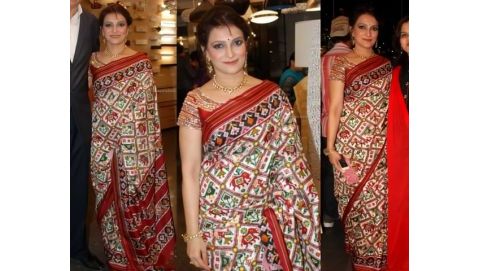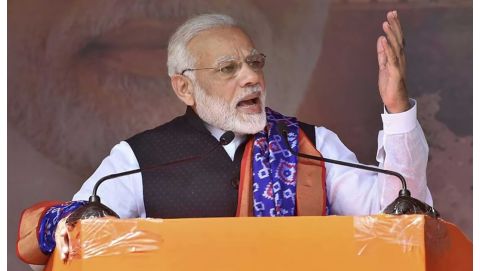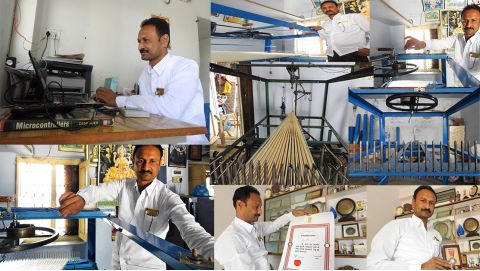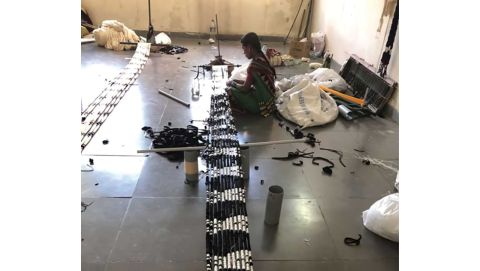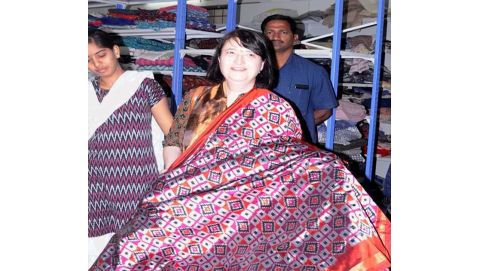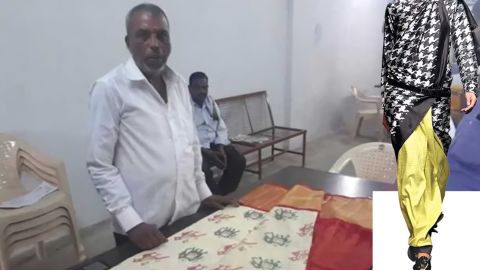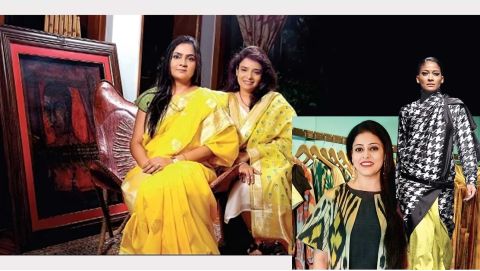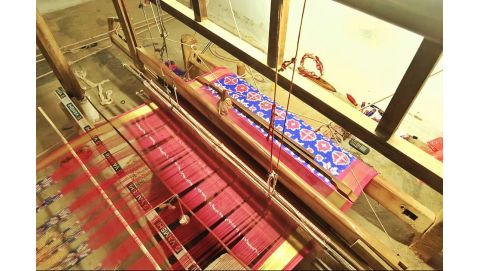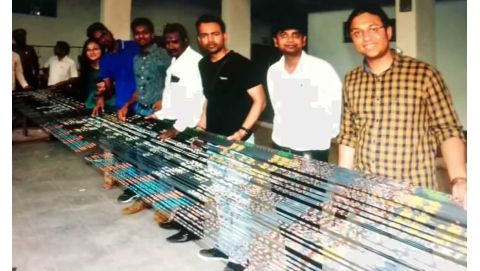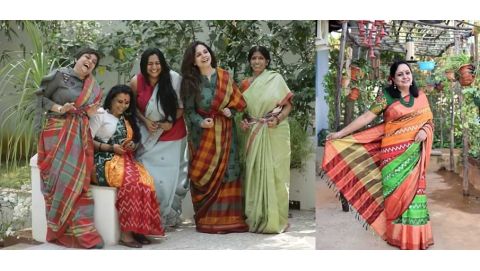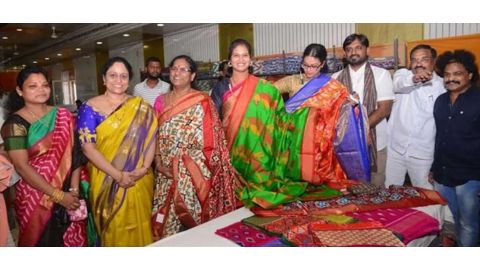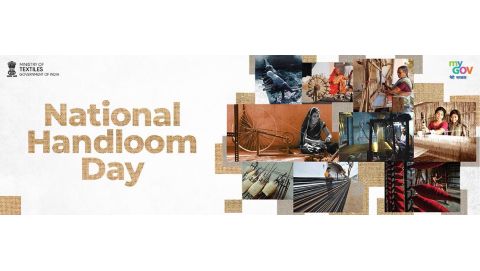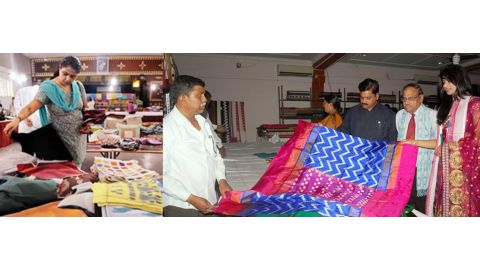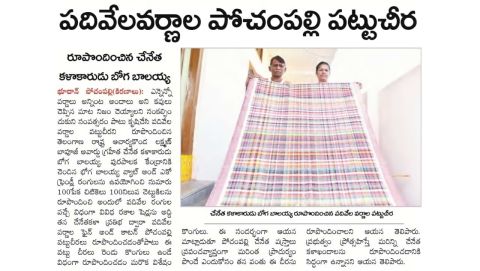Latest Blog Posts
Top rated
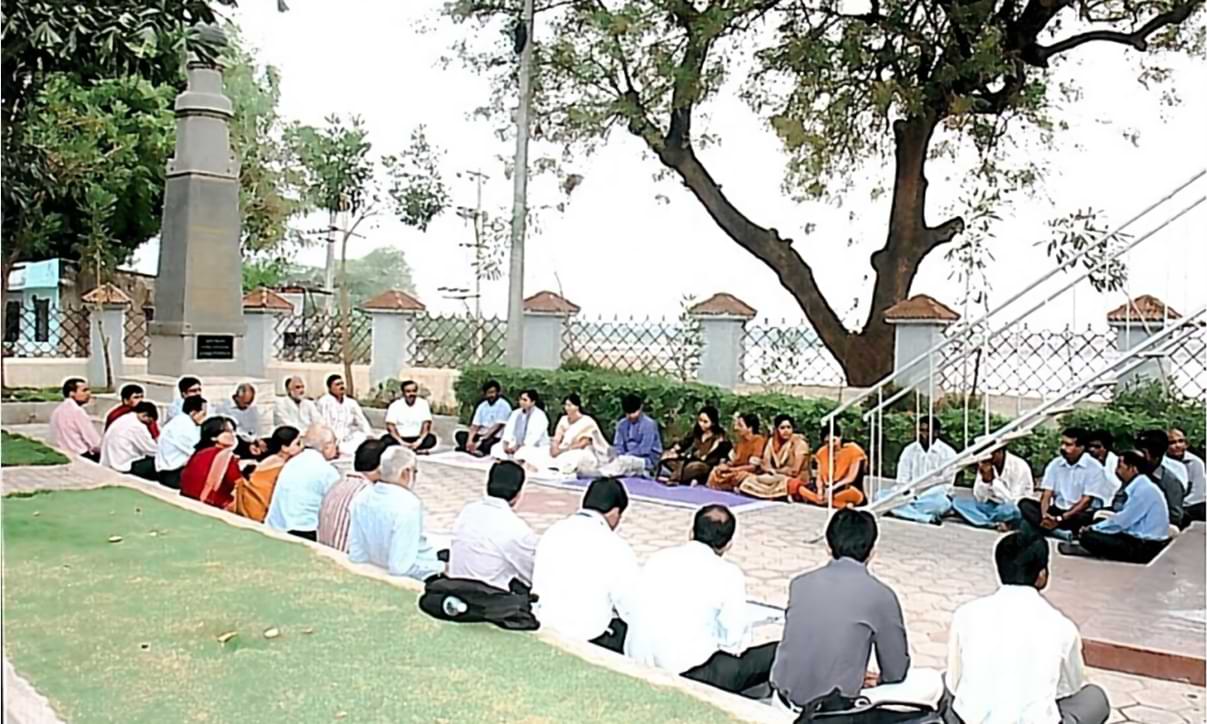
Pochampally - Place of Bhoodan Movement and Handlooms
Pochampally is a small village located in the Nalgonda district of Telangana, India. It is situated about 45 kilometers from the state's capital city of Hyderabad, and is located near the famous Ramoji Film City. Surrounded by hills and lush green fields, Pochampally is known for its skilled weavers who transform threads and colors into beautiful sarees and other garments. The village is a typical weaving community.
History
On April 18, 1951, the Bhoodan movement was born in the village of Pochampally, located in the Nalgonda district of Telangana, India. The village, home to about 700 families, with two-thirds being landless, welcomed Vinayak Narahari Bhave, also known as Vinoba Bhave, an advocate for nonviolence and human rights who was well-known for his Bhoodan Movement to help landless farmers. While staying in Pochampally, Vinoba inquired about the possibility of helping the landless villagers, to which local landlord Vedre Ramchandra Reddy offered to donate 250 acres. This unexpected event sparked the potential for solving land issues in India and led to the development of the Bhoodan movement, later known as the village gift or Gramdan movement. As a result, Pochampally was renamed Bhoodan Pochampally.
Temple
Markandeswar temple: In Pochampally there is a famous temple named Markandeswar Temple which is dedicated to Lord Shiva in the form in which Lord Shiva has blessed Markandeya and saved him from Yama the Lord of Death. The temple is situated near the market.
Handlooms (Handloom Industry in Pochampally)
Pochampally has traditional looms, whose design is more than a century-old. Basking under the glory on par with the weavers of other places, Pochampally weave is popularly known as tie and dye weave. The uniqueness lies in the transfer of design and colouring onto warp and weft threads first and then weaves them together. The fabric is usually cotton, silk and sico - a mix of silk and cotton. Increasingly, the colours themselves are from natural sources and their blends. The consumer-weaver interactions provide inputs for new designs. The weavers from the older and new generation have shown resilience and adapted themselves to the changing tastes of the consumers.
Training in Handloom weaving
Chenetha Gurukulam (School for training in handloom weaving) has been started with the spirit of introducing & handing over the ancient art to the world. With experienced Gurus here popularly known as Master Weavers, the Gurukulam teaches the entire process of Weaving since from its inception to Ready to wear condition. The Gurukulam comprises different programs with multiple course durations.
Dyeing (Process of yarn dyeing in Bhoodan Pochampally)
In Pochampally dyeing is done with tie and dies technique, in which the warp, weft or both are tie-dyed before weaving to create designs on the finished fabric. Great care must be taken in tying resist areas with water repellent material such as bicycle inner tubes cut into strips. The precision of the wrapping determines the clarity of the design. After wrapping, the warp threads are dyed. When finished and unwrapped, the areas under the ties have stayed the original colour. Numerous colours can be added after additional wrappings. Designs generally are worked out on graph paper. Since designs are already incorporated in the threads, great care is to be taken while putting the warp on the loom. Keeping all the threads in position is necessary for the design to work. The natural movement during weaving gives designs a feathered edge which characterizes this technique.
Weaving
Pochampally handlooms are well known for the durability of the colours used in the yarn. The mixture of colour gives the durability. The count used in weaving gives the softness and hardness of the fabric. Count means the number of threads used in the length and breadth for weaving known as warp and weft respectively. Each and every thread of the Pochampally saree is hand woven. In Pochampally frame looms are used for weaving. Here each weaver works from home with all the family members helping in different processes. May be, the grandmother will be winding bobbins, while the wife is marking out the design on warp threads and the husband is weaving on a loom in the main living area. Their life revolves around weaving.

